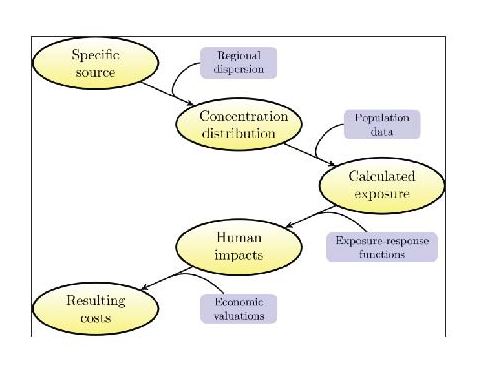| Exhaust gases from vehicles form a significant portion of air pollution which is harmful to human health and the environment (Photo credit: Wikipedia) |
Today we summarize a literature review that assessed evidence for the link between air pollution and deaths from lung or heart disease, in light of developments over the last decade in terms of the knowledge gained and the greater geographical data set including, specifically, China and Japan. Also the traditional and to some extent successful response to vehicle emissions over the last few decades was to reduce tailpipe emissions, leading this review to look more closely at non tailpipe emissions such as brake lining wear and emissions or particulates from the oil crankcase and tires. Results indicate that for every increase of 10 μg/m3 increase in PM2.5 exposure, there is an additional health risk of 6%.
Key Quotes:
“Exposure contrasts related to traffic emissions are usually poorly represented by the concentration of PM10 or PM2.5, because of the high regional background concentration of these particle metrics from other sources… there are more specific markers for traffic related air pollution, which include elemental carbon and ultrafine particles number”
“Emission controls for road traffic have now substantially reduced tailpipe emissions, and therefore non-tailpipe emissions including engine crankcase emissions (combusted lubricating oil), road, tire and brake wear are becoming increasingly important”
“As traffic-related air pollution varies on a small spatial scale, it is even more critical to assess exposure on a fine spatial scale such as the residential address than for PM2.5.”
“Respiratory mortality may be more related to primary traffic-related pollutants than with long-range transported particles, though further work is needed to test this hypothesis.”
“The pooled effect estimate expressed as excess risk per 10 μg/m3 increase in PM2.5 exposure was 6% .. for all-cause and 15% …. for cardiovascular mortality."























































